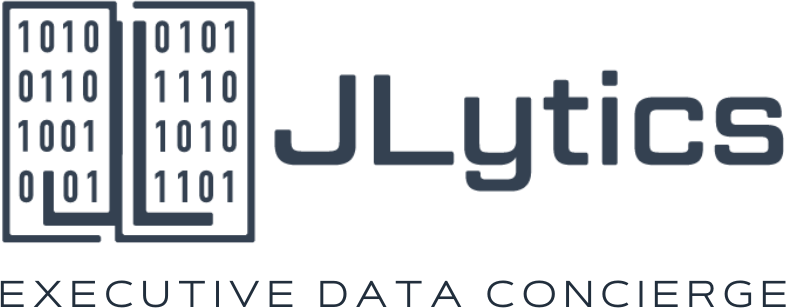Financial Key Performance Indicators (KPIs) serve as vital measurement tools that provide clear insights into an organization’s economic standing. Like a comprehensive health check-up reveals various aspects of physical well-being, financial KPIs offer a multi-dimensional view of a company’s fiscal condition. These metrics enable stakeholders to make informed decisions, identify emerging challenges, and capitalize on opportunities for growth.
The Foundation: Core Financial KPIs for Business Assessment
Several fundamental KPIs form the backbone of financial analysis. Profitability ratios such as gross profit margin, operating profit margin, and net profit margin reveal how efficiently a company converts revenue into actual profit. Liquidity measures like the current ratio and quick ratio demonstrate an organization’s ability to meet short-term obligations. Solvency indicators including the debt-to-equity ratio and interest coverage ratio provide insights into long-term financial stability and debt management capabilities.
These core metrics offer immediate signals about a company’s performance. For instance, declining profit margins might indicate rising costs or pricing pressures, while deteriorating liquidity ratios could signal potential cash flow challenges. By monitoring these indicators regularly, organizations can detect issues before they escalate into significant problems.
Beyond the Numbers: Connecting KPIs to Operational Reality
Financial KPIs gain their true value when linked to operational contexts. Revenue per employee highlights workforce productivity, while inventory turnover rates reveal supply chain efficiency. Customer acquisition cost relative to lifetime value demonstrates marketing effectiveness and sustainable growth potential.
The interconnectedness of these metrics provides a holistic view of organizational health. For example, a manufacturing company might discover that improving production efficiency (measured through metrics like cost per unit) directly enhances gross margins. Similarly, a service-based business might find that employee retention rates correlate strongly with client satisfaction and ultimately revenue growth.
By establishing these connections, leadership teams can develop targeted improvement strategies rather than generic cost-cutting measures that might damage long-term value creation.
Comparative Analysis: Benchmarking for Contextual Understanding
Financial KPIs become significantly more meaningful when examined in context. Internal trend analysis reveals performance trajectories over time, while industry benchmarking positions the organization relative to competitors. Economic cycle comparisons help distinguish between company-specific issues and broader market conditions affecting performance.
This comparative approach prevents misinterpretation of data. A 15% profit margin might seem adequate until discovered that industry leaders consistently achieve 25%. Similarly, a slight revenue decline might appear concerning until recognized as outperforming competitors during an economic downturn.
Organizations should develop customized dashboards that present these comparative views, enabling leadership to quickly grasp not just performance figures but their relevant significance in proper context.
Start Simple, Then Increase Complexity as the Need Arises
Begin with basic financial metrics that provide clear, immediate insights into your organization’s performance. Monthly revenue tracking, cash flow monitoring, and simple profit margins offer fundamental visibility without overwhelming your team with data. These straightforward measures establish a foundation for informed decision-making.
As your understanding deepens, gradually incorporate more nuanced indicators. Add leading metrics like sales pipeline data and customer acquisition costs alongside lagging indicators such as quarterly profits. This evolutionary approach prevents analysis paralysis while building your team’s capacity to interpret increasingly sophisticated information.
Eventually, expand beyond purely financial measures to include non-financial dimensions that influence long-term success. Customer satisfaction scores, employee engagement levels, and innovation metrics create a holistic view of organizational health. This comprehensive perspective helps leadership avoid short-term financial optimizations that might undermine sustainable growth.
Organizations that progressively develop their measurement systems find themselves better equipped to navigate complex business environments. The incremental adoption of more sophisticated KPIs allows teams to build analytical muscles gradually, ensuring that each new layer of complexity serves a clear purpose rather than creating unnecessary data noise.
***
JLytics’ mission is to empower CEOs, founders and business executives to leverage the power of data in their everyday lives so that they can focus on what they do best: lead.



